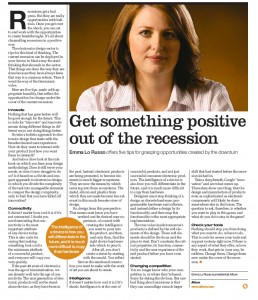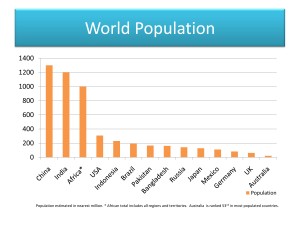This is not the start of some fictional story or make believe anecdote. Nor is it about my special memories of my mother, sisters and I all singing along to the Friday night movie special of The King and I, imagining what those days were like of impossible dresses and outrageous social expectations of women. This story is about courage and how The King and I played a role in teaching me about courage.
 There were many messages of courage throughout the movie – the courage to follow your dreams, the courage to stand up to a bully or to fight for better outcomes despite the conventions of the day.
There were many messages of courage throughout the movie – the courage to follow your dreams, the courage to stand up to a bully or to fight for better outcomes despite the conventions of the day.
However my biggest lesson from The King and I came from having the courage to overcome your fears. Although this may sound corny, it is a real story and I will tell you how I learned to develop courage.
About 3 years into the workforce, I put my hand up to take on a big project. It involved doing some strategy work for a bunch of super smart, confident, talented, experienced – and as it turned out – extremely demanding people.
The brief turned out to be much more difficult and challenging than I had first expected. Certainly it was beyond my experience and knowledge of that time. I felt out of my depth and felt all the physical signs that come with fearing the enormous task and expectations in front of me – heart racing, legs shaking, stomach knotting and mind racing. At that moment of fear and crisis, in amongst thinking of all the reasons to not be able to say yes or to limit somehow what was possible to something more reasonable, somewhere out of the depths of memory, a song started playing in the back of my mind.
It went like this…
Whenever I feel afraid, I hold my head erect
And whistle a happy tune, So no one will suspect
I’m afraid.
While shivering in my shoes, I strike a careless pose
And whistle a happy tune, And no one ever knows
I’m afraid.
The result of this deception, Is very strange to tell
For when I fool the people I fear,
I fool myself as well!
And sure enough by immediately changing my focus from fear to “I will find a way”, and when I showed confidence that what was being demanded was possible, I actually began to believe those project goals could be reached that it was just a matter of finding the way. It allowed an immediate settling in my mind and an unwinding of my stomach so I could be free to focus on finding the solution and the “how”. In the example I mentioned, I confidently stated what they briefed could be achieved and shared a rough outline of the strategy and a plan of action. I included what the dependencies would be and set a new time to meet to present the more detailed strategy which bought me more time to work through the details.
The result was extremely positive. The goals were reached and a great sense of satisfaction and respect was gained.
But the biggest positive for me was the lesson of courage that it taught me. I was able to put the art of make believing I was brave, and focusing on the positives in every situation, and finding that I was actually brave and positive enough to face anything. By finding a strategy to overcome my fears, it allowed me to find the courage to overcome barriers, find solutions and be confident to continuously look for and do new things.
I have adopted this approach many, many times – whether it be walking into a new networking situation, addressing a large group of people, taking on what may seem to be the impossible brief or role. Each time you find you can do something, it builds your confidence to explore and overcome any future challenging situation. This strategy can be adopted as much in our personal lives as it can in our professional lives.
We can all achieve so much more if we allow ourselves to go as close to the edge of impossible as we can before we allow ourselves to feel limitations or constraints. If we limit our scope to something that feels safer, more comfortable, more easy – we lose the possibility of breaking new ground and achieving something truly new, remarkable and special.
The more we believe we can do something, the more others will believe you can and that they can do it too. As a leader, you will find that if you demonstrate believe, then you will have your people help you do whatever it is you need to do.
And so as the song continues…
You may be as brave
As you make believe you are.
(Lyrics by Rodgers and Hammerstein, 1951. The Movie “The King and I” starring Yul Brynner and Deborah Kerr by 20th Century Fox, 1956.)





